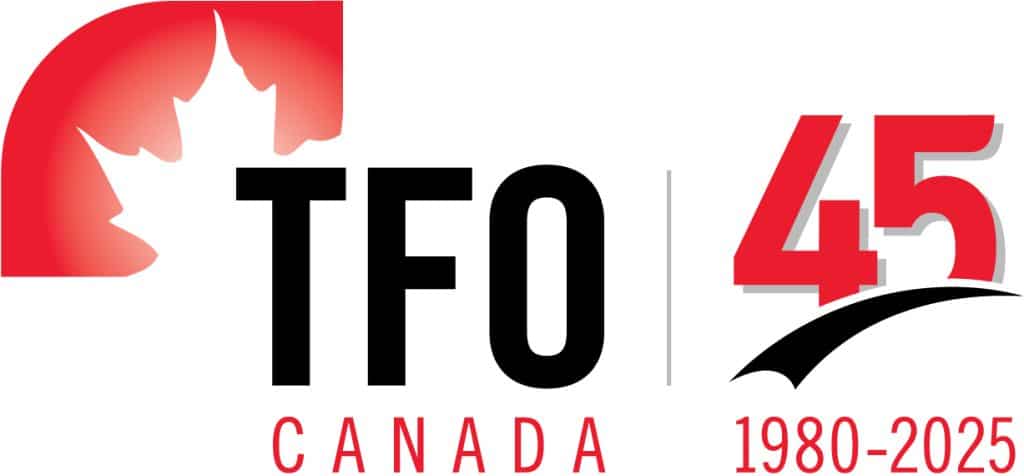Four Simple Reasons to Consider Developing Countries as Sourcing Markets for Your Good
Canadian importers looking to diversify their product range or to mitigate the risk of buying from a single market should consider exploring import opportunities from developing countries. Canadian import data shows that non-mineral trade flows from TFO Canada’s client countries have grown 6% over the past 10 years, compared to an average of 3% for all countries.
Looking for new suppliers? Here are four simple reasons to consider developing countries:
1. Availability of funding and market activities to explore new markets opened up through trade agreements
Importers can capitalize on funding and market activities for export development, which often become available when Canada establishes a new Free Trade Agreement (FTA) with another country. Canada currently holds more than 10 free trade agreements, including three agreements with developing countries with which TFO Canada works directly: Honduras, Peru and Jordan.
2. Ability to source a diverse range of high-quality, emerging and organic products
Canadians are well-educated consumers who are always looking for new products to keep themselves healthy. Grocery Business magazine recently reported that 62% of Canadians are changing their diets to include more fresh foods and 41% are willing to pay a premium for food that has health benefits. Canadian retailers are looking to support this trend with a wider range of healthy eating ideas and meal planning. Superfoods are grown in many developing countries that have strong supply chains for fresh, organic produce. One example is quinoa, for which Bolivia is now the #1 supplier to Canada and the world.
3. Leverage low or duty-free rates for goods sourced from developing and least developing countries:
As part of your pricing strategy in a competitive market, importers can take advantage of sourcing goods at attractive low rates or in some cases eliminated rates of duty through Canada’s preferential market access with developing countries. Under the Canadian Market Access Initiative, over 100 developing countries are eligible for lower-than-normal rates of duty, while most goods sourced from the 48 least developing countries (LDCs) are eligible to enter the Canadian market duty and quota-free (with the exception of poultry, eggs, dairy and cheese).
4. Target developing countries that have been labelled “emerging markets”
Many developing countries are among the fastest growing economies in the world. Some are also part of groupings such as CIVETS (Colombia, Indonesia, Vietnam, Egypt, Turkey, South Africa) which many of TFO Canada’s key partner countries. Being labelled as an emerging market often triggers an influx of foreign direct investment (FDI) for infrastructure development that can help to improve the country’s trade logistics. With its status as an emerging market, Indonesia has been named this year’s country of honour at Canada’s largest food trade show Salon International de l’Alimentation (SIAL) 2015.How we can help:
What are the results?
Read one Canadian buyer’s sourcing success from a recent mission to Peru.TFO Canada Services for Importers
Before making the decision to import from a new country, take advantage of incoming trade missions or participate in an outgoing buyer mission organized by TFO Canada, for which you may be eligible for partial travel compensation. Look out for e-Bulletins announcing these market activities and access news, events and trade information for developing countries on TFO Canada’s website.
